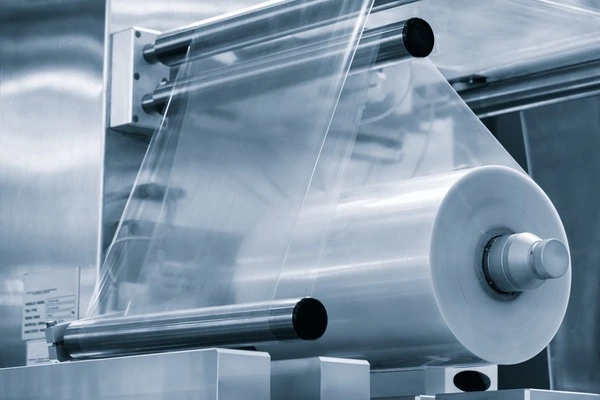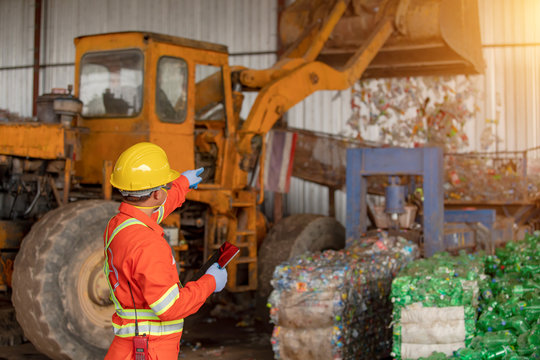In 2025, the packaging industry faces a critical choice between digital printing and gravure printing. This decision impacts costs, quality, and minimum order quantities (MOQs), especially in the competitive world of flexible packaging. Understanding the nuances of each printing process can significantly influence your packaging strategy, from shelf appeal to sustainability goals.
Digital Printing vs Gravure Print: What’s the Real Difference?
Digital printing has transformed packaging by eliminating traditional cylinders or plates. Instead, it directly transfers ink onto substrates, ideal for small or medium print runs. Gravure print, however, utilizes engraved cylinders that repeatedly press liquid ink onto the printing surface, making it suited for large-scale printing.
Digital printing is renowned for its speed and flexibility. It excels in shorter print runs with variable data printing, customization, and quicker turnaround times. Gravure print, on the other hand, offers unmatched consistency in quality and color reproduction for longer runs.
How Does Digital Printing Work in Flexible Packaging?
Digital printing in flexible packaging uses inkjet technology to directly apply liquid ink onto packaging materials like films and pouches. Without traditional printing plates or cylinders, the setup cost decreases significantly, making it ideal for new products or limited editions.
The big plus for digital? You can easily make design changes without hefty setup costs, allowing for market testing, seasonal packaging, and promotional campaigns without breaking the bank.
The Benefits of Gravure Printing for Large Orders
Gravure print remains king for high-volume packaging orders. This traditional printing method offers superior high-quality imagery, sharp details, and vibrant colors thanks to its engraved cylinder technology. Brands looking for consistent branding across large print runs will find gravure printing cost-effective due to economies of scale, despite initial set-up costs. For extensive campaigns, gravure print delivers unbeatable quality control and reliable output.
Cost Insights: Digital Printing vs Gravure Printing
Cost-effective packaging solutions depend heavily on print run size. Digital printing offers a lower unit price for smaller print runs due to minimal setup costs. Gravure printing, however, requires an upfront investment in cylinders but becomes increasingly economical as print run lengths extend. For brands managing frequent design changes or limited product launches, digital printing offers clear financial benefits. Conversely, gravure print is financially prudent for stable, high-volume orders.
MOQ Considerations for Digital and Gravure Printing
Minimum order quantities significantly differ between digital and gravure print. Digital printing has lower MOQs, allowing small brands or limited-run products to enter the market without excessive inventory. Gravure print generally has higher MOQs due to setup costs, ideal for established products with consistent demand. Brands must evaluate their sales volume and inventory management practices carefully when choosing between these two printing processes.
Quality Comparison: Is Digital Printing Catching Up?
Historically, gravure printing dominated packaging printing due to its unmatched clarity and consistency. Yet, advancements in digital technology now offer impressive quality, challenging gravure’s dominance. Digital printing now delivers vibrant colors, fine detail, and excellent print clarity suitable for most packaging needs. However, for ultra-premium or luxury packaging requiring perfect consistency, gravure print still edges out digital.
Innovation and Customization: Digital Printing’s Strength
The ability to print variable data is a standout advantage of digital printing. Packaging design can be personalized for campaigns, events, or targeted marketing efforts, enhancing consumer engagement significantly. While gravure printing excels at uniform large-scale production, digital printing’s flexibility in customization positions brands to adapt quickly to market trends and consumer preferences.
Supply Chain Impacts: Digital vs Gravure
Digital printing streamlines the supply chain by offering quicker mock-ups, rapid design changes, and shorter turnaround times. This agility helps brands respond swiftly to market demands. Conversely, gravure printing’s longer lead times and rigid production schedules suit stable, high-volume products where predictability and consistent output are paramount.
Choosing the Right Printing Method for Your Brand
Selecting between digital printing and gravure printing hinges on your specific packaging needs. Consider your product lifecycle, anticipated volume, frequency of design changes, and sustainability goals. Digital printing offers flexibility, lower MOQs, and speed, while gravure print ensures consistent quality, cost efficiency at scale, and premium appeal.
Summary: Digital vs Gravure Print Insights for 2025
-
Digital printing offers agility, customization, lower setup costs, and eco-friendly advantages ideal for smaller runs.
-
Gravure printing remains optimal for high-volume, consistent-quality packaging, with initial cylinder investment offset by scale.
-
Sustainability trends favor digital, yet gravure is adapting with greener practices.
-
MOQs significantly influence the choice between digital and gravure; brands must align their production strategy with anticipated market demands.
Navigating these factors carefully will position your brand effectively in the competitive 2025 packaging landscape.
If you’re still torn between digital and gravure, or just want to see what all this looks like in action, Aropack is here to help you cut through the noise. Whether you’re testing out a new product, want shorter MOQs, or aiming for shelf impact at scale, let’s chat about how you can make your next project work smarter (and look better) than ever. Give us a call on 01233 281460 or send us an email at info@aropack.co.uk for a free consultation.




